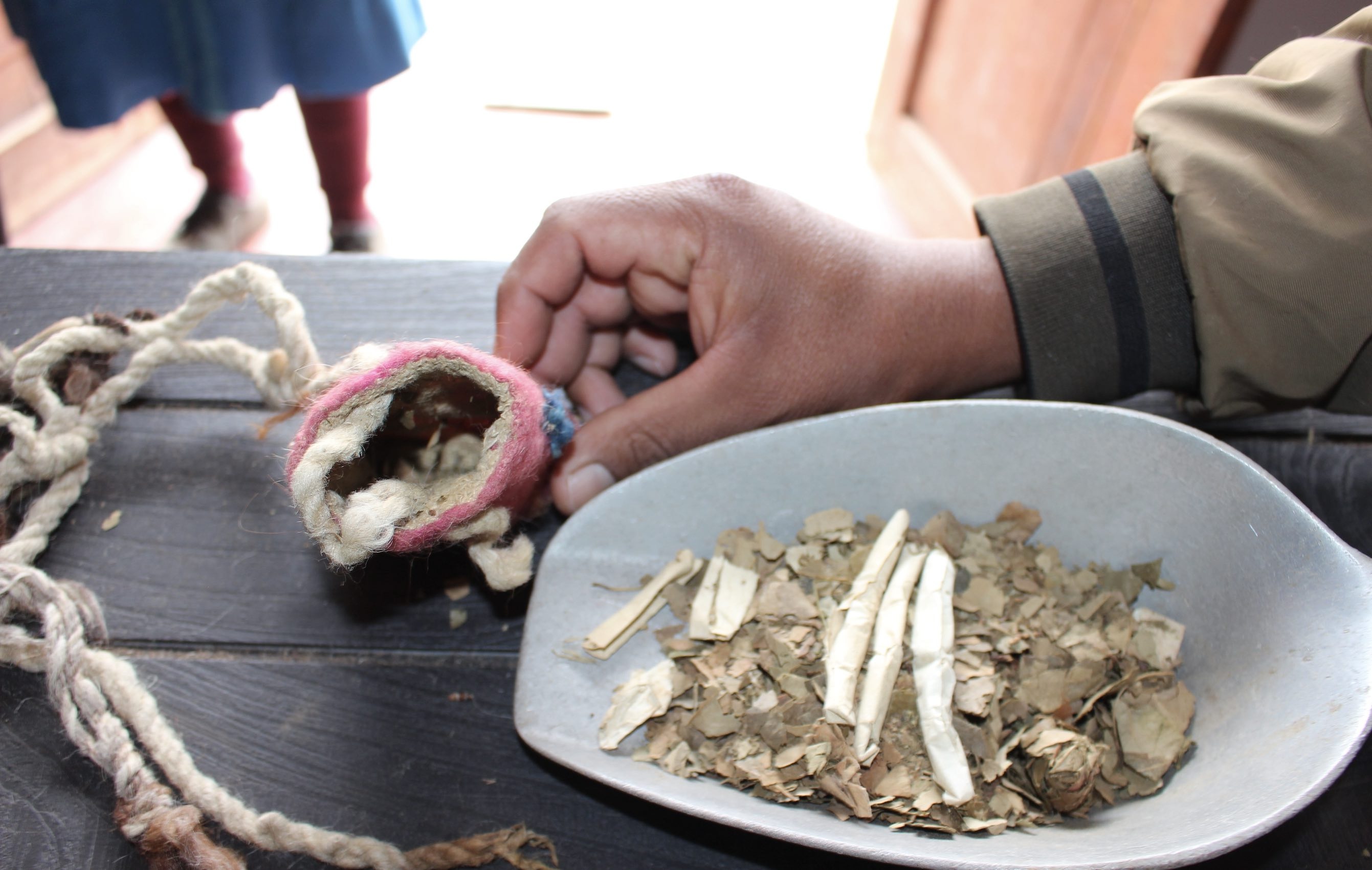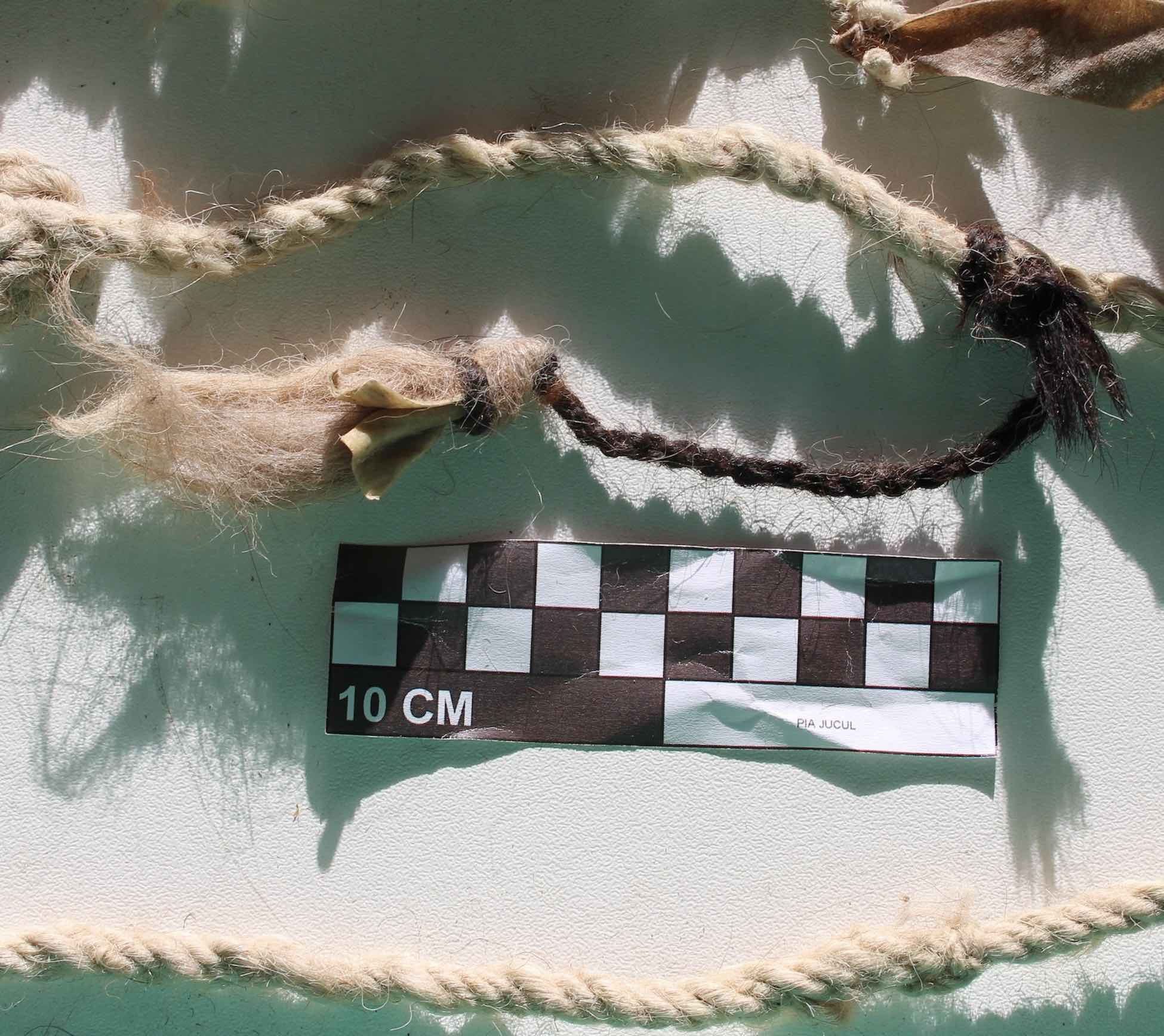Up until the time of the Spanish conquest in the 16th century, Inca communities in the Andean highlands used a peculiar form of writing to record key events and keep track of their economic affairs. Known as khipus, these ancient documents are now largely indecipherable, although the work of one leading researcher has revealed how the strange, string-based memos contained details about climate change.
“Inca khipus are what we would call proto-writing,” explained Professor Sabine Hyland from the University of St Andrews. “You have a horizontal cord, and then you have pendants hanging down, and the pendants have knots in them, most of which are numbers in a decimal system,” she told IFLScience.
They were looking at this as a record of the climate and trying to understand the patterns of what’s going on now by looking at the past, exactly like we do.
Prof Sabine Hyland
“But what those numbers mean, we don’t know. And so what I’ve been fortunate to do is to work in very remote, small villages in the Andes with living khipu traditions… and that’s helped us understand some features of Inca khipus.” Today, she says, there are only four villages in the Peruvian Andes where khipus are still kept, although all knowledge of how to read or create them vanished when the Spanish conquistadors defeated the Inca empire.

The world’s longest khipu was found at Santa Leonor de Jucul. Image courtesy of Sabine Hyland.
Recently, however, Hyland was invited to study the centuries-old khipus at a village called Santa Leonor de Jucul, where she discovered one that extended for an incredible 68 meters (224 feet), making it the longest known khipu anywhere in the Andes. Yet the uniqueness didn’t end there, as she explains that “in the Jucul khipus, there are no knots. They use tassels to indicate information.”
Connected to these tassels, Hyland discovered a series of ritual objects, such as pouches of coca leaves and cigarettes. From this, she deduces that the khipus were probably used to keep a record of ceremonial offerings, with different items denoting the type of location of the ritual.

These coca leaves and cigarettes were attached to one of the khipus. Image courtesy of Sabine Hyland.
For instance, tassels made of llama tails may indicate an offering performed at a mountaintop. “It was explained to me that when you go up into the very, very high mountains, you take [a llama tail] because it works kind of magically to hide you from the evil spirits who want to push you off the mountain,” says Hyland.
Llama tails in the khipu may therefore indicate offerings made to a high-altitude sacred lake called Paccha-cocha, which was typically supplicated for rain. “So if you looked at a year and you saw a lot of offerings at Paccha-cocha, that was a period of drought,” says Hyland. “And then if you look at another cord and there are no offerings to Paccha-cocha, you’re like, oh, they might be in danger of floods.”

Tassels made from llama tail wool may be linked to ancient rituals designed to bring rain. Image courtesy of Sabine Hyland.
Speaking to the villagers at Jucal, Hyland learned that khipus were once kept in public so that they could be consulted by local elders. “They were looking at this as a record of the climate and trying to understand the patterns of what’s going on now by looking at the past, exactly like we do,” she says.
Efforts are now ongoing to try and obtain exact radiocarbon dates for multiple khipus, thus giving a precise chronological record of these climate-based offerings. “Theoretically we could map the khipus, and if we dated them we could have this incredible view of climate data from this region that was kept by the Native peoples themselves,” says Hyland.
Source Link: Ancient Inca Used A Mysterious String “Writing” System – And We’re Starting To Understand What It Said